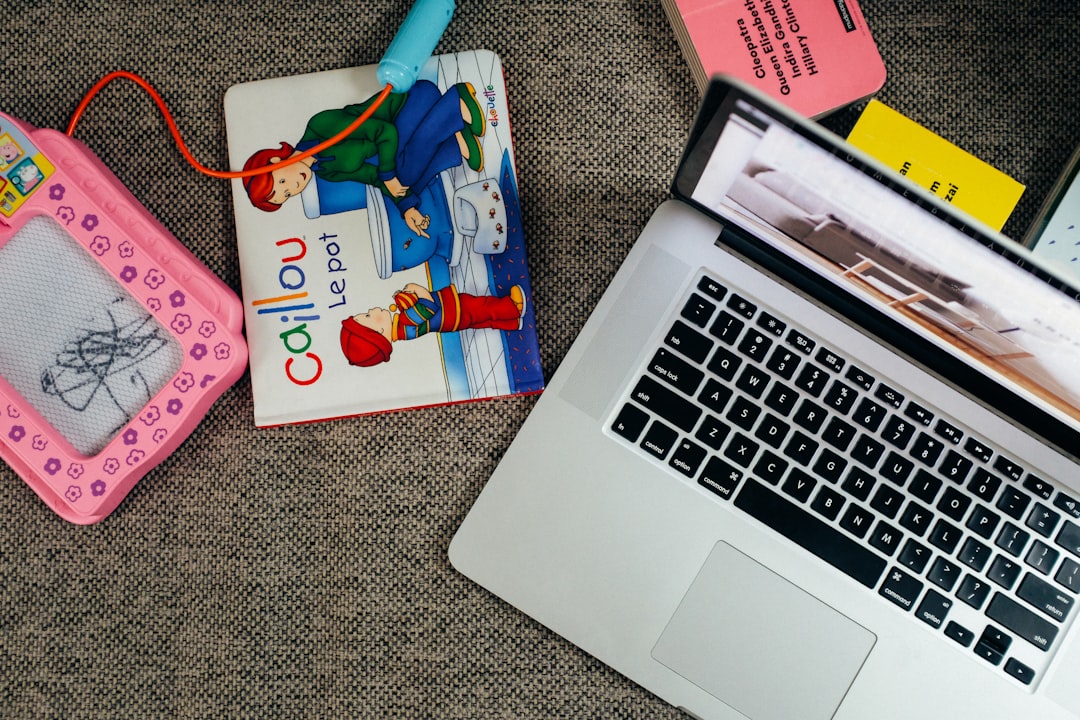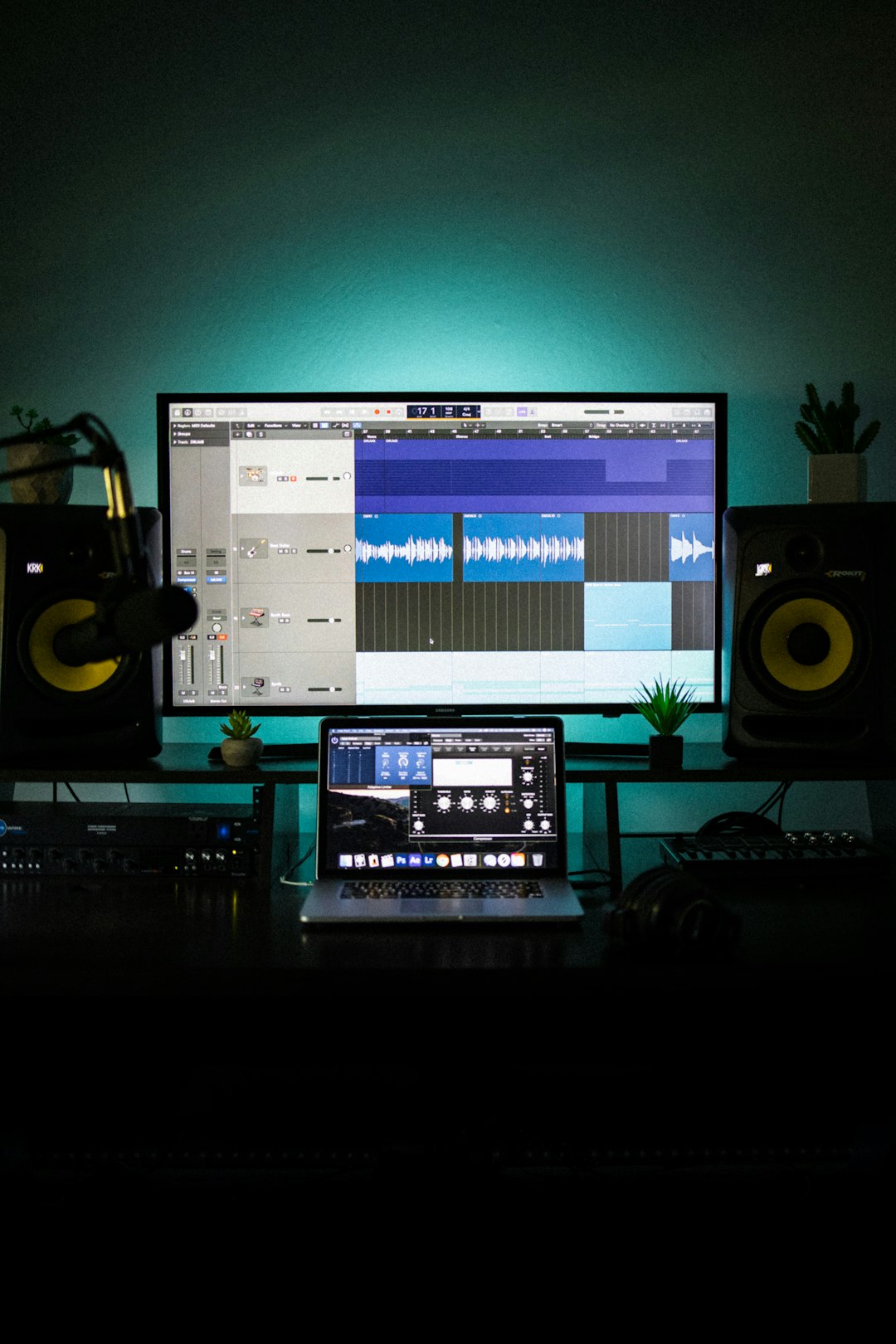Have you ever tried to share a cool clip on Facebook, only to be greeted by horrible echoing or double audio? Or worse, silence? If you’ve attempted to use your Mac to route system audio into screen recordings or broadcasts, you know the pain. Good news: there’s a clean, easy way to do it without turning your speakers into a reverb chamber. Let’s fix that!
Why Does This Happen?
Your Mac doesn’t route system audio into screen recordings by default. It assumes you don’t want the internal sounds (like music, YouTube videos, or system beeps) captured. So, if you’re recording a Facebook clip with background music or gameplay? Silence.
Trying to “force” it often results in feedback. That awful screech is caused by your microphone picking up what’s playing on your speakers—loopback city!
What We Want to Do
Our goal is simple:
- Capture the audio from your system (e.g., music, Zoom, game sounds).
- Send it directly to Facebook Clips or your recording app.
- Avoid feedback, echo, or terrible looping sounds.
Don’t Worry. You Can Do This!
We’ll be using some clever tools made for Mac. They’re mostly free or low-cost. These tools reroute audio, like a digital map. And we’ll use them to send that sweet sound right where we want it—without loops or screams.
Step 1: Get a Virtual Audio Driver
Think of this as a fake cable that lives inside your Mac. The most popular virtual drivers for Mac are:
- BlackHole (free): Lightweight and open-source.
- Loopback by Rogue Amoeba (paid): More advanced, with a visual mixer.
- Soundflower (older, still works): Once the go-to option.
If you’re just starting, BlackHole is perfect. Download it from its official site.
Step 2: Configure an Aggregate or Multi-Output Device
We want to hear the sound ourselves and also send it to the recorder or Facebook. So we create a combo device.
- Open Audio MIDI Setup (find it in Applications > Utilities).
- Click the + at the bottom left corner.
- Select Multi-Output Device.
- Check the boxes for:
- Your regular output device (like MacBook speakers or headphones).
- BlackHole or whatever virtual device you installed.
- Rename it to something clear like “FB Audio Capture”.
This sends audio to both your ears and the Facebook Clips system.

Step 3: Set Your Mac to Output to the Capture Device
Time to make the Mac use our combo device:
- Go to System Settings > Sound.
- Under output, select the FB Audio Capture device.
Now, all system audio is being sent to both your headphones and BlackHole.
Step 4: Configure Facebook Clips or Other Apps
In whatever app you’re using to record short clips or livestream:
- Go to the input source for audio (usually in settings).
- Select BlackHole (or your virtual audio device).
This tells the app to “listen” to what your computer hears—music, game sounds, YouTube vids—whatever it is!
Step 5 (Optional): Add Microphone Into the Mix
If you also want to record your voice along with system audio (for commentary or reaction clips), it gets slightly trickier—but you can do it!
The easiest route? Use Loopback by Rogue Amoeba.
- It lets you mix multiple sources (mic + system audio).
- You can mute things separately, adjust volume, and avoid loops.
With BlackHole, you’ll need to create an Aggregate Device that includes both your microphone and the virtual driver.
- Go back to Audio MIDI Setup.
- Create a new Aggregate Device.
- Check your microphone and BlackHole.
- Name it FB Voice + Audio.
Then set this as the input in Facebook Clips or whatever recording tool you’re using.

Bonus Tips
- Use headphones! Always use them to avoid mic feedback.
- Test your mix for a few seconds before going live or recording.
- Keep volume levels balanced. Don’t drown your voice with the system sounds.
What to Avoid
These are classic mistakes that cause feedback or failed recordings:
- Not muting speakers and using a mic = instant echo.
- Choosing the wrong input device in your app = dead air.
- Sending both output and mic through the same input with no separation = evil loop of doom!
Practicing some test runs first will help a lot.
Other Apps Worth Knowing
Here are a few extra tools if you plan to do more advanced routing, mixing, or streaming:
- Audio Hijack – Record just about any sound from any app.
- OBS Studio – Free recording/broadcast tool with audio mixer.
- VB-Audio VoiceMeeter (for PC) – Not for Mac, but good to know if you’re cross-platform.
Success! Go Make Something Awesome.
Now that you’ve figured out how to route your Mac’s audio to Facebook Clips—or any recording app—without causing distorted noise or echo, you’re ready to shine. Whether it’s game highlights, tutorial clips, or dance battles, your sound is now crystal clear.

So go ahead, hit record. The world is waiting to hear what you have to say—with no feedback getting in the way.
